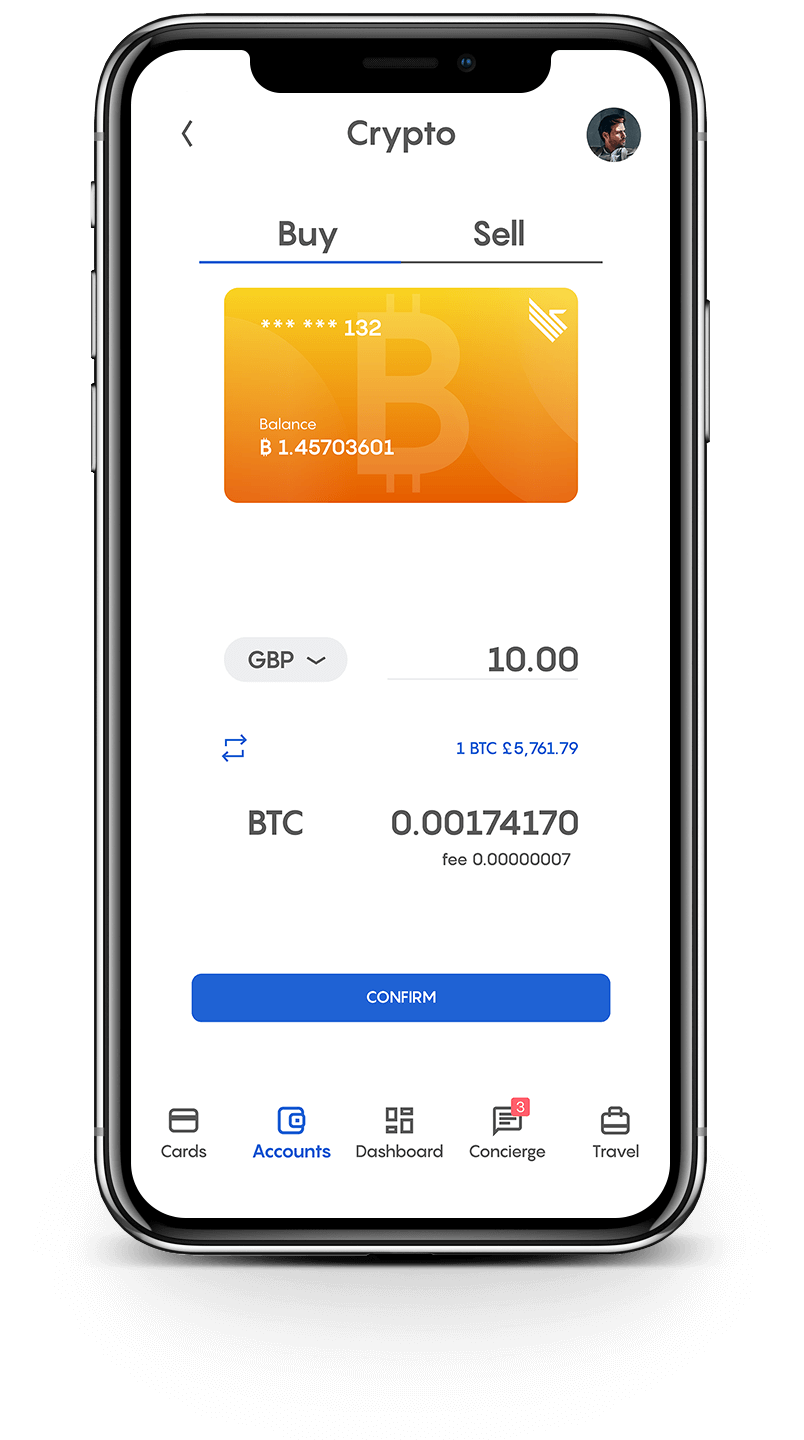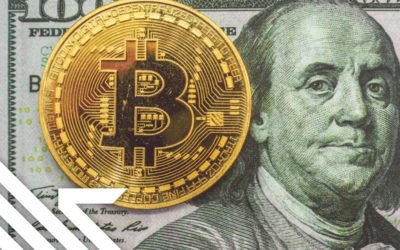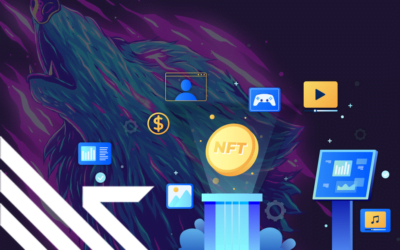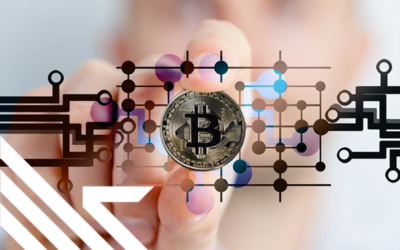The terms digital currencies and cryptocurrencies are often used interchangeably. This creates the impression that they are synonyms (have the same meaning). However, they are neither synonyms nor antonyms (have the opposite meaning).
The Internal Revenue Service (IRS), which was among the first government agencies to acknowledge Bitcoin, defines digital currencies as a ‘digital representation of value that functions as a medium of exchange, a unit of account, and/or a store of value.’
The term digital currency is an umbrella term under which all currencies or payment methods used through electronic devices fall. Cryptocurrencies form a category under that umbrella.
Besides electronic devices, digital currencies, also referred to as virtual currencies, rely on the internet, cellular networks, or radio waves to transfer value from one person to another.
These communication channels allow digital currencies to be used in ways not possible with physical currencies, such as coins, bills, and checkbooks. In particular, digital currencies can be sent across the globe instantly.
Classification of digital currencies
Digital currencies can be broadly classified into:
- Cryptocurrencies
- Stablecoins
- Utility coins
- CBDCs
- Mobile money
- Internet payment platforms
These six types can be described as centralized, decentralized, or hybrid. They can also be classified as a sovereign currency or rail for other currencies.
Centralized digital currencies
These digital currencies are created, issued, and managed by a centralized entity such as a company, a government agency, or even a person.
Advantages of centralized digital currencies include:
- Easy to launch and manage
- Easy to upgrade as there is one final decision maker
- Can easily meet regulatory requirements
- Erroneous transactions can be rolled back
Disadvantages of centralized digital currencies include:
- Can easily be hacked as it has single points of failure
- Can be forced to shut down
- Users can easily be censored, including the imposition of limits.
- Transaction fees can be exorbitant as there is a need to make a profit
- Users have to contend with the fact that their data is collected, stored, and used.
Decentralized digital currencies
These are digital currencies that are issued and managed as community projects. All decisions regarding their operations, including software upgrades, are done through consensus by stakeholders who are independent of one another.
Decentralized digital currencies are domiciled on peer-to-peer networks of independent computers, otherwise known as the blockchain. Transactions are processed through consensus mechanisms such as proof of work (PoW) and proof of stake (PoS).
Advantages of decentralized digital currencies include:
- Have more security as they have few single points of failure
- Transactions are immutable as they cannot be reversed
- They allow users to be pseudonymous, thus giving the cash privacy experience online
- They are censorship resistant
- They are accessible and can be used from anywhere on the globe
The disadvantages of decentralized digital currencies include:
- Scalability challenges
- Not accepted as a medium of exchange in the majority of stores
- Erroneous transactions cannot be rolled back
- Some, especially those using the proof of work (PoW) consensus mechanism, contribute significant greenhouse emissions to the environment.
Hybrid digital currencies
These are digital currencies that have components of both centralization and decentralization. Some aspects of the transactions have to be handled and processed by a centralized entity.
In others, while the network of computers that processes the transactions is peer-to-peer, all the computers are owned and managed by the same entity.
The advantages of hybrid digital currencies include:
- It has the strengths of both worlds, such as security and scalability
- It allows for other forms of innovation.
Digital currencies that are sovereign and have independent units are not considered to represent other assets. Meanwhile, digital currencies used as rails are considered representations of other currencies.
Advertisement
Join Club Swan and get... more!

Buy and sell your crypto at the best rates and spend them or transfer them to another wallet. You can seamlessly spend your crypto with the Club Swan card anywhere in the world. Everything from one account, on one platform.
- Buy, sell or store 9 different crypto currencies, including: Bitcoin (BTC), Ethereum (ETH), Litecoin (LTC), Bitcoin Cash (BCH), Tether (USDT), BAT, Paxos (PAX), USD Coin (USDC) and EOS.
- Low fees from 0.5%*.
- One simple rate for buy and sell. No hidden margin built into our prices.
- Seamlessly spend your crypto with the Club Swan card.
- Turn your crypto into traditional currencies.
- Quick and simple wallet to wallet transfers.
- Free transfers between Club Swan members.*
- 24/7 Customer support.
Club Swan's flexible account gives you access to multiple traditional currencies, live real time exchange rates, bank transfers and an elegant metal card allowing you to spend in more than 150 currencies around the globe.
- Live traditional currency exchange rates.
- Bank transfer exchange rates typically 4-8% better than high street banks.
- USD, GBP, EUR, CNY, and JPY accounts*.
- Transfer funds in and out of your account with SEPA/SWIFT/Faster Payment/Fed Wire Payments.
- Spend 150+ traditional currencies around the globe with Club Swan card.
- International ATM withdrawals.
- Daily ATM withdrawal limit $1,500.
- High account limits.
- Free transfers between Club Swan members*.
- FCA regulated for your peace of mind**.
- 24/7 Customer support.
Save precious time and money. Use your Club Swan virtual assistant for your travel needs. We also offer personal shopping, VIP event access and unique experiences.
- Save up to 40% on flights and holidays.
- Exclusive negotiated rates on First and Business class airfares.
- Private transfers.
- Luxury car rentals.
- Personal shopping assistant.
- Luxury product procurement.
- Concert tickets.
- Activity experiences.
- Event access.
- VIP dining & restaurant bookings.
- Private event & party coordination.
- 24/7 live chat concierge support.
The 5 types of digital currencies
Cryptocurrencies
Cryptocurrencies are digital currencies created and issued through blockchain, a protocol on a peer-to-peer network of computers. They are decentralized and are secured and made possible through cryptography.
It is important to point out that all cryptocurrencies are decentralized digital currencies. And not all digital currencies are cryptocurrencies. Also, cryptocurrencies are not rails as they are not directly used to move other currencies.
The most popular cryptocurrencies include:
- Bitcoin (BTC)
- Ethereum (ETH)
- Litecoin (LTC)
- Ripple (XRP)
- Cardano (ADA)
- Solana (SOL)
- Dogecoin (DOGE)
- Polkadot (DOT)
- Tron (TRX)
In all, there are over 10,000 cryptocurrencies that are listed on CoinMarketCap.
Stablecoins
A stablecoin is a digital token backed by another asset such as the US dollar at a ratio of 1:1. That means that the digital token can be deposited, and the asset that backs it redeemed.
This fact makes stablecoins rails. Indeed, the primary reason the concept of stablecoins was invented was to make the transfer to and use of US dollars in exchanges easier and faster.
Some stablecoins are hybrid, and others are decentralized digital currencies. The hybrid ones have elements of centralization and decentralization. The digital token is created and issued on a blockchain by an entity that has and maintains an equivalent amount of the asset that backs it.
While the digital token exists on a decentralized platform, the assets that back it are often held by the centralized entity. The most popular stablecoins issued by centralized entities include:
- Tether (USDT) by iFinex
- USD Coin (USDC) by Circle
- Binance USD (BUSD) by Binance
- True USD (TUSD) by Trusttoken
DAI by MakerDao is an example of a stablecoin on a decentralized governance structure.
Utility tokens
This digital currency is used only on a particular platform such as a gaming platform, metaverse, or network. It could also be a digital currency used for a specific function such as a medium of exchange, a reward mechanism, or a (voting) stake in a governance structure.
For example, Storj coins are used to settle payments on the cloud storage platform Storj network. Meanwhile, some energy utility companies issue digital tokens one can use to pay for energy.
Some utility coins, such as those issued by energy utility companies, are centralized. Others are decentralized and issued on the blockchain using standards such as ERC 20.
Indeed, using the ERC 20 standards, anyone, including you, can create digital utility tokens on the Ethereum blockchain. The value of the utility tokens is mostly instrumental.
Utility tokens are hardly considered rails. If they are, then they become stablecoins.
Central bank digital currencies (CBDCs)
The federal reserve defines a central bank digital currency (CBDC) as a ‘digital form of central bank money that is widely available to the general public.’ Indeed, CBDC is a digital currency issued by a central bank.
A CBDC is generally designed to replace or complement physical cash. That fact makes it easy to be considered a payment rail. However, if, in the future, all money exists as a CBDC, then it will become harder to make that claim.
The concept of CBDCs came into existence as a response to the growing use of cryptocurrencies and stablecoins worldwide. Through this innovation, central banks can afford to give users an experience similar to what other digital currencies offer, particularly cryptocurrencies and stablecoins.
According to the think tank Atlantic Council, over a hundred central banks are working on CBDCs. They have already launched in over ten countries, including the Bahamas, Jamaica, and Nigeria. Over 15 others, including China, Russia, and Saudi Arabia, are in the pilot stage.
Almost all CBDCs are completely centralized. Some are built on private blockchain networks, and others on systems on servers. Private blockchains, in this case, are ledgers on a peer-to-peer network (blockchain) where all the nodes are owned and run by the central bank.
Mobile money
This is a unique digital currency issued by mobile telephone operators and depends on cellular networks for transmission. All the other digital currencies are designed to rely primarily on the internet to function.
The most successful mobile money digital currency is MPesa, used in Kenya, Tanzania, Afghanistan, and Romania. The money is sent and received as a USSD text message on cellular networks.
It is important to point out that mobile money is, to a large extent, a payment rail. The system hosts digital tokens that transmit fiat currency from one user to another.
Online payment rails
The internet is increasingly becoming the primary channel through which money is sent. Besides digital currencies, the internet is also full of digital payment services.
They digitize government-issued fiat currencies and facilitate users to send and receive them worldwide. The most used of these services include PayPal, Wise, and Payoneer.
Whenever digital currencies are mentioned, cryptocurrencies are included. Other digital currencies include stablecoins, utility tokens, and mobile money.
Image courtesy of Pixabay.




